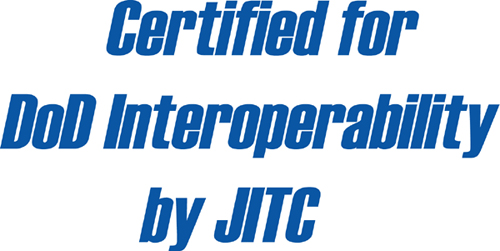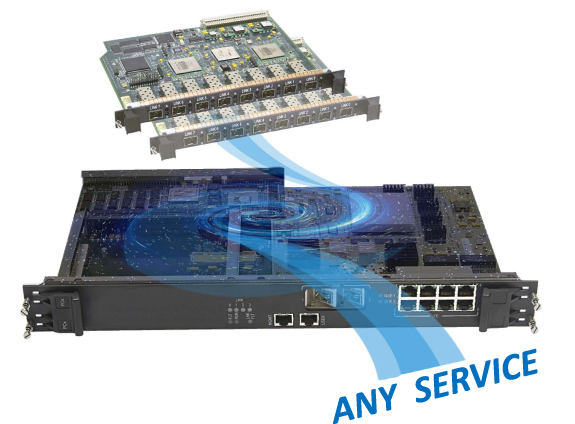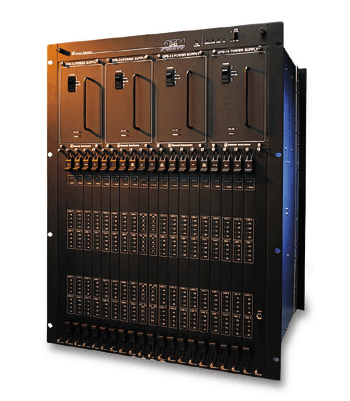| |
 Joint Interoperability Certification
What is interoperability? Interoperability is the ability of systems, units or forces to provide data, information, materiel and services to and accept the same from other systems, units or forces and to use the data, information, materiel and services so exchanged to enable them to operate effectively together. IT and NSS interoperability includes both the technical exchange of information and the end-to-end operational effectiveness of that exchanged information as required for mission accomplishment. Interoperability is more than just information exchange. It includes systems, processes, procedures, organizations, and missions over the lifecycle and must be balanced with information assurance. The Joint Interoperability Test Command (JITC) follows the processes outlined in Chairman, Joint Chiefs of Staff Instruction 6212.01, Interoperability and Supportability of Information Technology and National Security Systems, to perform their joint interoperability test and certification mission. This document establishes policies and procedures for developing, coordinating, reviewing, and approving IT and NSS interoperability needs. It also establishes procedures for performing interoperability test certification using a new Net-Ready approach. Generally, the Interoperability Test Certification process comprises four basic steps. Joint interoperability testing and evaluation can be a repetitive process as conditions change. The four basic steps are:
Below are General DataComm products on the Unified Capabilities (UC) Approved Products List (APL). The certification process is the responsibility of the Defense Information Systems Agency (DISA) Unified Capabilities Connection Office (UCCO). DISA Memorandum of Approval for GDC Xedge 6000 Multiservice Packet Exchange (MSPx)
Xedge MSPx Platform Forward-looking network planners not only support new and legacy services, but are also migrating towards transport technologies such as MPLS that converge Layer 2 and Layer 3 switching of any-to-any services. GDCs MultiService Packet Exchange platform (MSPx) can interconnect remote enterprise sites with emerging Ethernet/IP and legacy services across an MPLS, MPLS, Ethernet, IP, VLAN, MLPS or ATM WAN. MSPx enables Metro Ethernet Forum compliant Ethernet services on the same cost-effective and reliable platform that offers native services such as TDM, Frame Relay, IP and ATM. This convergence allows graceful, incremental migration and mediation between legacy circuits and new packet-based services. Users can access a rich variety of standards-compliant service modules and interfaces with advanced packet technology that reliably and securely satisfies user demand for quality of service.
At the heart of the MSPx platform is the Packet Cell Switch (PCx), Packet Circuit Emulation (PCE), and other modules facilitating multiservice convergence. PCx enables Metro Ethernet Forum compliant E-Line services over an MPLS, Ethernet, IP, VLAN, MLPS or ATM backbone. It also supports transport of legacy TDM, ATM,IP, VLAN and Ethernet service packets using pseudowires. A variety plug-in interfaces also support diverse services.  GDC's Xedge Packet Circuit Emulation (PCe) is designed for networks transitioning to a packet-based infrastructure while maintaining real-time legacy TDM applications and services. For mobile networks, satellite communications, and mission critical, fixed wide area networks, Xedge PCe minimizes OPEX and CAPEX by leveraging capabilities in products that converge Ethernet based services with time critical TDM services across a packet switched wide area network (WAN). The PCes powerful timing recovery allows delay-sensitive, bit-transparent TDM data to be transported efficiently through a packet core.  The bottom line is GDC's strategic product vision is to provide standards-based technology that yields maximum return on investment over the life cycle of ownership. Using emerging technologies such as Pseudowires, GDC can deliver true convergence of multiple services on the WAN.
Data Sheets & Briefs |


